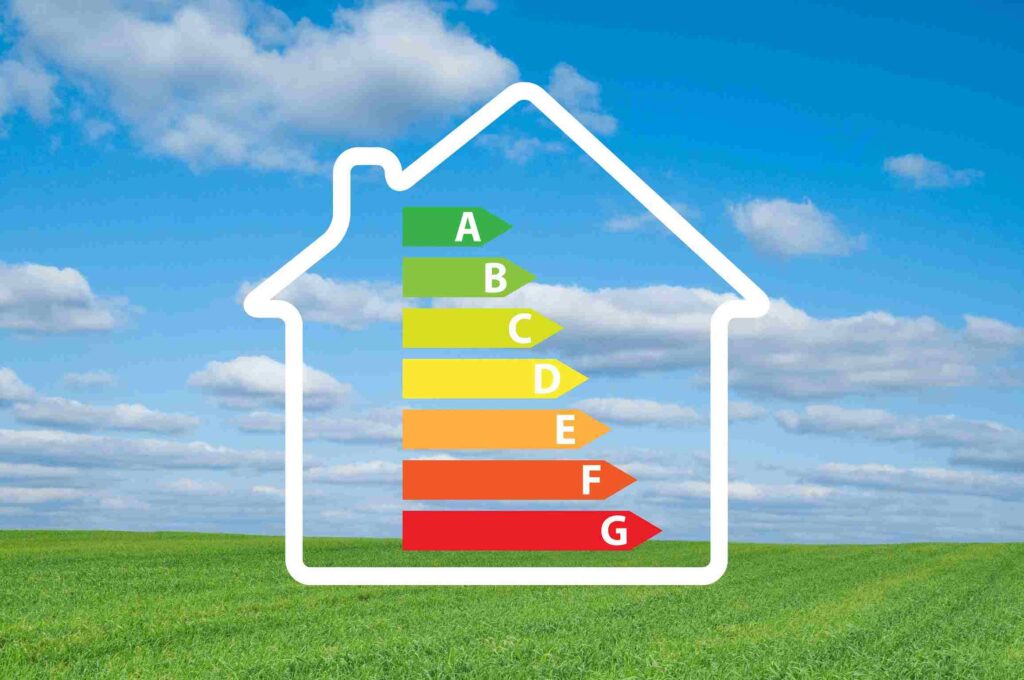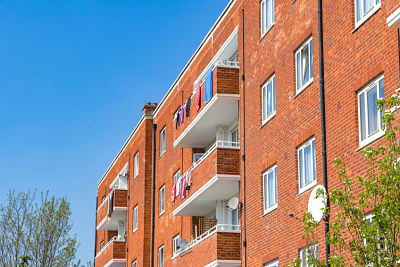
For landlords, prioritising the safety of a property’s residents and being law-abiding when it comes to rental regulations and tenant’s rights is key. Meanwhile, ensuring that properties are as attractive and secure as they can is a prerequisite to attracting the best (often highest-paying) tenants, solidifying your reputation as a landlord, and retaining tenants in the long term.
With this in mind, understanding the UK’s Housing Health and Safety Rating System (HHSRS), and how the risk-based evaluation scheme works, is incredibly valuable. While the HHSRS process can help you assess health and safety hazards in any type of home, it can also give you the reassurance you need to manage property and look after the people living in it.
This article explains all the components of HHSRS as a vital industry resource for landlords responsible for or interested in investing, marketing, and maintaining a profitable property portfolio.
What is the Housing Health and Safety Rating System?
The UK Government’s Housing Health and Safety Rating System (HHSRS) is used by local authorities when assessing the condition of any privately rented accommodation. The premise of HHSRS was introduced under the Housing Act 2004 to support local authorities and give them a working framework to identify potential risks and hazards to the health and safety of people in all types of UK residences.
HHSRS aids the council to assess, identify, and address a range of potential hazards that could pose a risk to the people living in a property and the building itself. The HHSRS lists 29 hazards that are organised into physiological hazards or psychological and risks of infection or from accidents. When evaluating whether to invest in a property, look out for any red flags that might indicate risks, hazards, and costly repair jobs if you do proceed.
Assess housing risks and hazards
As a landlord, it is your responsibility to carry out a regular risk assessment on your property so a comprehensive understanding of the HHSRS is sensible. Adhering to local council and government rules for rentals applies to landlords managing everything, from new-builds and high-rise flats to period properties and a Houses in Multiple Occupation (HMO).
Prioritising the health and safety of tenants is paramount and HHSRS guidelines cover mould, rising damp, ventilation issues, excess cold, and other serious problems such as structural collapse, timber decay and heightened fire risks. Media coverage has put the spotlight on the potential health risks from mould growth in occupied buildings. Leaving it untreated is not an option; mould appearance typically indicates condensation issues from inadequate ventilation, poor insulation, and/or heating.
The HHSRS guidelines also clarify what regulations to follow to avoid Legionnaires’ Disease from contaminated water. This issue is particularly valid for landlords with properties that generate energy through solar panels. Therefore, make sure that the hot water supplying the property always reaches a safe temperature to kill the bacteria that causes the disease. Legionella bacteria will thrive in water temperatures between 20-45 degrees Celsius so be mindful about seasonal changes.
Maintain properties to avoid injury
According to HHSRS, each potential property risk and hazard is rated according to the severity and likelihood of any risk it poses to people’s personal health and wellbeing. Hazards are scored on the likelihood of an occurrence that could cause harm over 12 months.
Under their operating guidance, the HHSRS scoring system indicates the range of severity towards inflicting injury or harm, from ‘Category 1’ (being the most serious hazard) to ‘Category 2’. Local councils, surveyors and/or housing inspectors offer advice on the finer details of HHSRS, and offer support keeping detailed records from property inspections, assessments and related actions.
A rare and worst-case scenario would be a tenant incurring harm, disease, or a serious injury from a potential known hazard or risk in or outside a property. However, in this unlikely case, you may need to seek professional advice from lawyers who deal with personal injury claims. In order for landlords to continuously monitor their properties and safeguard occupants, regular maintenance checks are as important as ongoing property risk assessments.
Comply with the HHSRS
Local authorities have the power to ensure landlords make any necessary improvements to their properties if and when a hazard is flagged up. Landlords must make the required changes or the local authorities will carry out the work themselves and charge the landlord. If a Category 1 hazard is identified, the authority also has a duty of care to support any tenants affected and take appropriate action to ensure the hazard is remedied immediately.
The HHSRS can also come into play when a home is under threat from being repossessed, with the guidelines there to ascertain if the home is safe for occupants and visitors. Similarly, and relevant for landlord’s taking on leasehold buildings, a photographic Schedule of Condition is a valuable document that records the condition of a property or premises, highlighting any issues. If hazards or risks are identified and reported, owners may be served an ‘Improvement Notice’ or a ‘Prohibition Order’ requiring them to rectify any defects within a specified timeframe.
Be vigilant about fire prevention
HHSRS also provides a key framework for understanding fire prevention as landlords and your legal responsibilities for fire avoidance. Fire safety regulations are especially valid for landlords overseeing mixed use premises and where unrelated occupiers, who live independently from one another, share common areas of the same building.
By law, for instance, landlords must provide a smoke alarm on every floor of a building and a carbon monoxide alarm in any room with a fuel burning appliance. It is also recommended that smoke alarms be replaced every 10 years and that across all properties, your fixtures, fittings, and furnishings are fire safe.
With this fact in mind, understanding and mitigating fire risks associated with electrical appliances or networks, structural integrity, and hazardous materials, are areas that are the landlord’s responsibility, and require immediate and ongoing attention. Other examples include excessive cold or heat, exposure to asbestos or other hazardous substances, inadequate fire safety measures, building collapse, and falling structures.
Keep updated on changes
Staying up to date on any changes to the HHSRS is advisable as they do amend their scheme from time to time. Indeed, proposed changes to be more effective in addressing topical issues include:
- Reducing hazards from 29 to 21
- Rescoring the system to reflect current health and safety risks
- Reviewing training techniques
- Updating statutory operating and enforcement guidance.
Meanwhile, with free digital resources streamlining areas of the property industry to support landlords better, the HHSRS is looking to get on board with digital solutions. The scheme is looking to embrace technology to keep pace with the times and digitise the HHSRS assessment process.
The Housing Health and Safety Rating System (HHSRS) is a valuable tool for UK landlords to assess and address the health and safety risks in rental properties. Understanding and complying with HHSRS guidelines can help landlords to maintain safe properties, avoid legal issues, and retain quality tenants.
Regular property assessments, proactive maintenance, and staying updated on HHSRS changes are key to successful property management. For more advice on managing your property portfolio to attract the best tenants, speak to a member of our team today.



